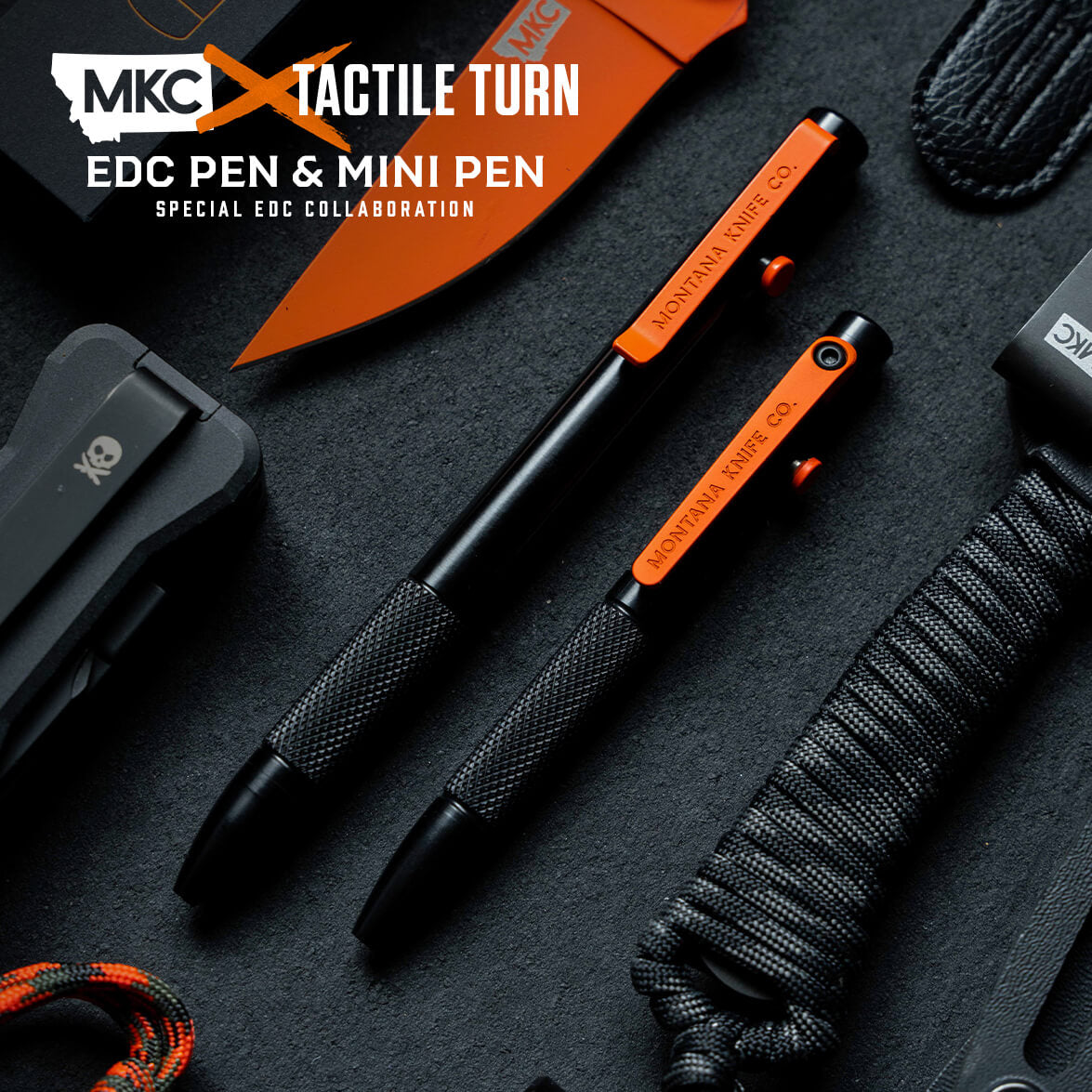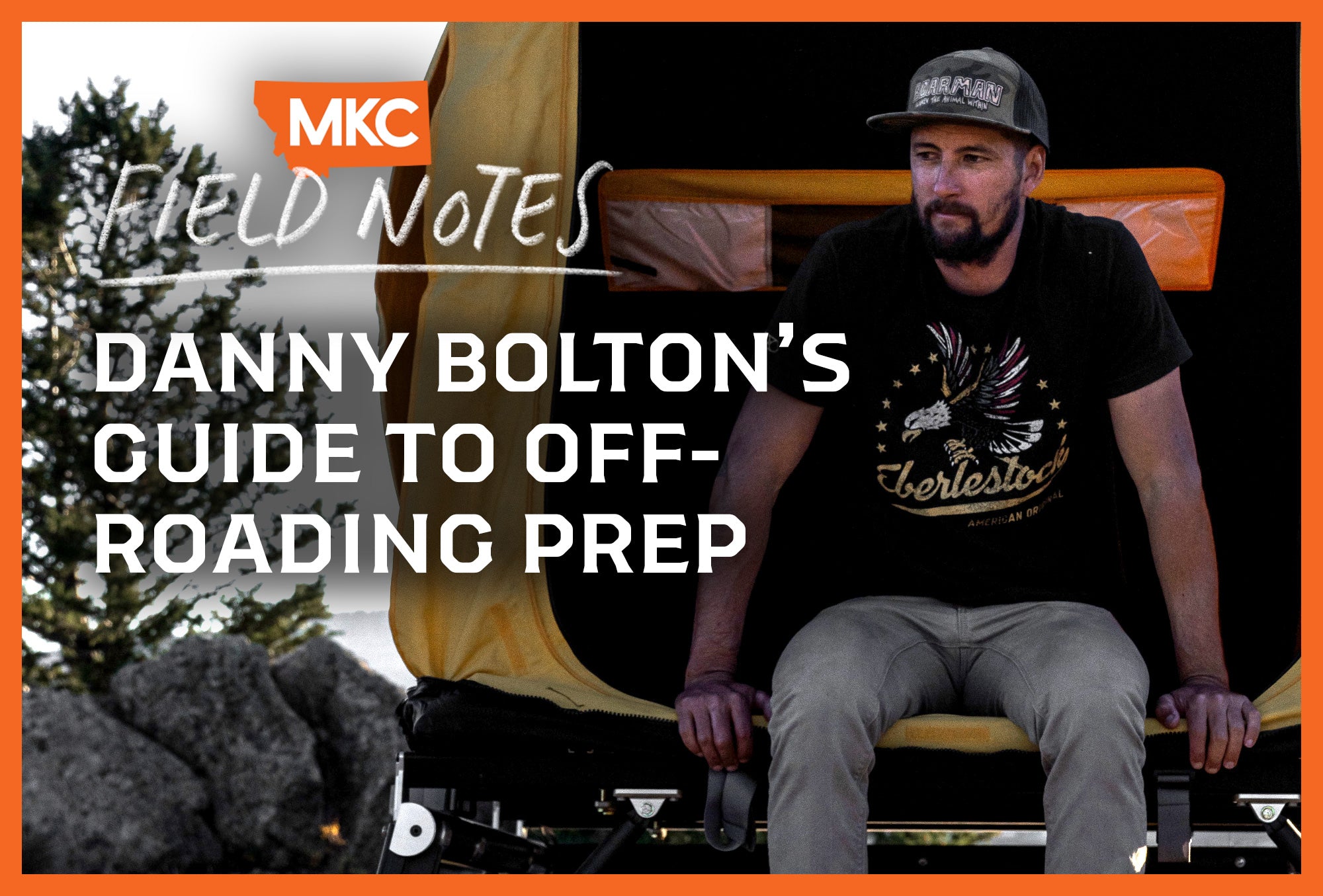What is a meat cleaver? I’m so glad you asked.
A meat cleaver is exactly what it sounds like: a large knife made to slash through thick pieces of meat. However, a meat cleaver’s applications extend far beyond your local butcher shop.
When brought out into the field, a meat cleaver can be a great multipurpose tool. In a pinch, it can double as a hatchet to split kindling or chop small branches (though we recommend the Hellgate Hatchet for that).
Let me teach you everything I know about meat cleavers, including care tips, how to choose the best meat cleaver, and the many ways you can use one.
How to Choose the Best Meat Cleaver
Meat cleavers are tough blades — they need to stay in good shape despite years of rough treatment. A good meat cleaver combines function, usability, and durability to excellent effect.
The best meat cleaver knife has a hard yet flexible blade. High-carbon stainless steel is a good choice since it’s both tough and sharp.
Your cleaver should also have a grippy and ergonomic handle. I recommend one made from a tough material, like Kraton or G10, that can withstand moisture (like blood and sweat) without getting slippery.
The best meat cleaver is heavy enough to move effortlessly through meat and sinew, but not so heavy that it’s difficult to control. You should be able to wield it for hours without getting fatigued, and for that, it needs to be well-balanced from tip to end.
While the average meat cleaver is quite large, its exact size depends on your specific needs. A standard 7–8″ blade suits most tasks.

Best Uses for a Meat Cleaver
As the name suggests, a meat cleaver “cleaves” large, tough cuts of red meat. It can easily break down bone-in cuts like ribs and briskets.
Its usefulness doesn’t end there, though. When I need to dice chicken breasts and thighs, I reach for my meat cleaver. I also use it to crush and mince herbs and garlic and to chop tough vegetables like pumpkins and cabbage.
I use the flat side of my meat cleaver as a tenderizer. It’s perfect for pounding out thin chicken breasts and pork chops. Plus, it efficiently scoops anything I’ve chopped, julienned, or minced for an easy transfer.
Caring for Your Meat Cleaver
Proper care keeps your meat cleaver functional. A dull knife isn’t just inefficient; it’s dangerous, too. When your cleaver is dull, you need to put more force behind it to see results, which can lead to injury.
Even meat cleavers require the two main types of knife care: honing and sharpening.
Honing Your Meat Cleaver
Your meat cleaver’s edge may look smooth to the naked eye, but it’s actually covered in microserrations that resemble a tiny, microscopic saw. Over time, they can bend out of alignment or break off entirely. If you’ve ever tried to use a saw with broken or misaligned teeth, you know how ineffective this is.
Honing realigns your meat cleaver’s microserrations. It’s a quick process that requires a honing rod. We recommend ceramic honing rods for high-carbon steel knives and cleavers.
Diamond-encrusted and steel honing rods exist too, but they work best on other types of knives. Diamond-encrusted honing rods are highly abrasive — suitable only for the hardest blades — and steel rods work best for soft, European-style knives.
Your ideal honing schedule depends on how intensely you use your meat cleaver. Plan on honing after every fourth or fifth use.
Sharpening Your Meat Cleaver
Sharpening creates brand-new edge geometry along your blade. Even with regular honing, the microserrations on your meat cleaver will eventually wear out. If honing no longer does the trick, it’s time to sharpen. Plan to sharpen your meat cleaver after every third or fourth honing.
We recommend sharpening with a whetstone, such as the Work Sharp combination whetstone. It has a 1,000-grit side for fast, coarse sharpening and a 6,000-grit side for fine-tuning. Your meat cleaver will take a lot of abuse — that’s what meat cleavers are made for — but a few turns on a whetstone will make it good as new.

Final Meat Cleaver Maintenance Tips
Sharpening and honing go a long way toward maintaining your meat cleaver. However, proper storage, cleaning, and protection are essential, too.
Never soak your cleaver in water, as this can warp the handle and dull the blade. Instead, clean and dry your knife immediately after use. Store it in such a way that it won’t bump into other knives or surfaces, which will dull the edge.
Interested in more knife-care tips? Check out our extended guide.






































